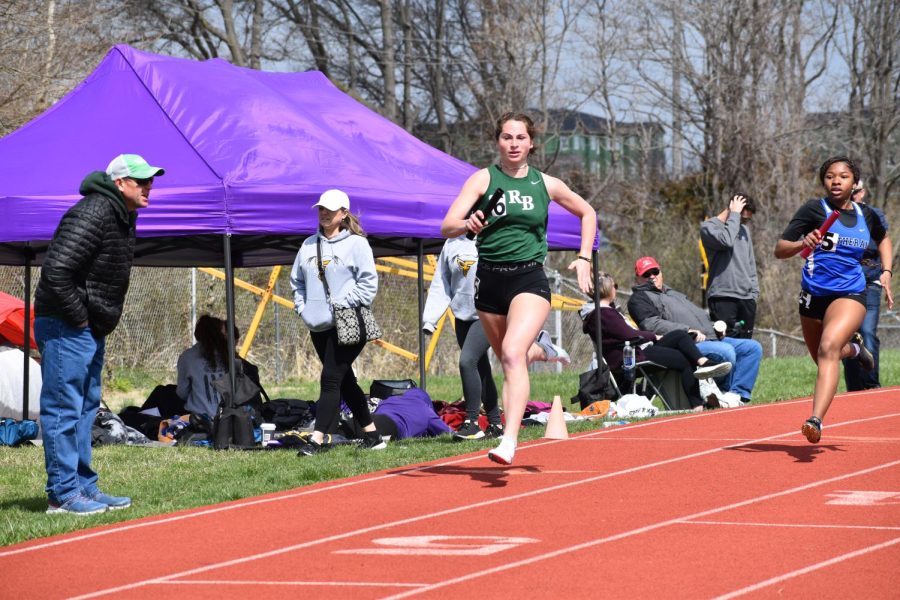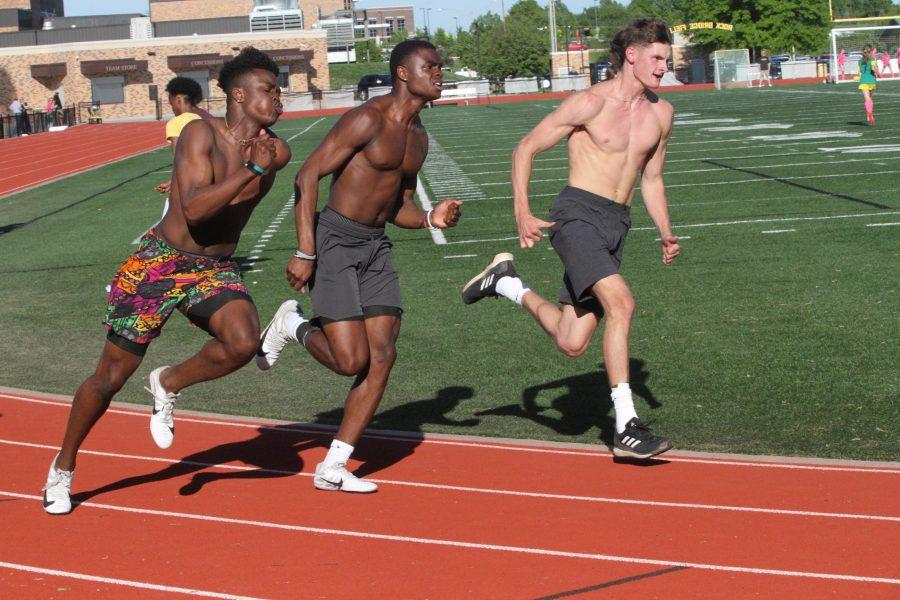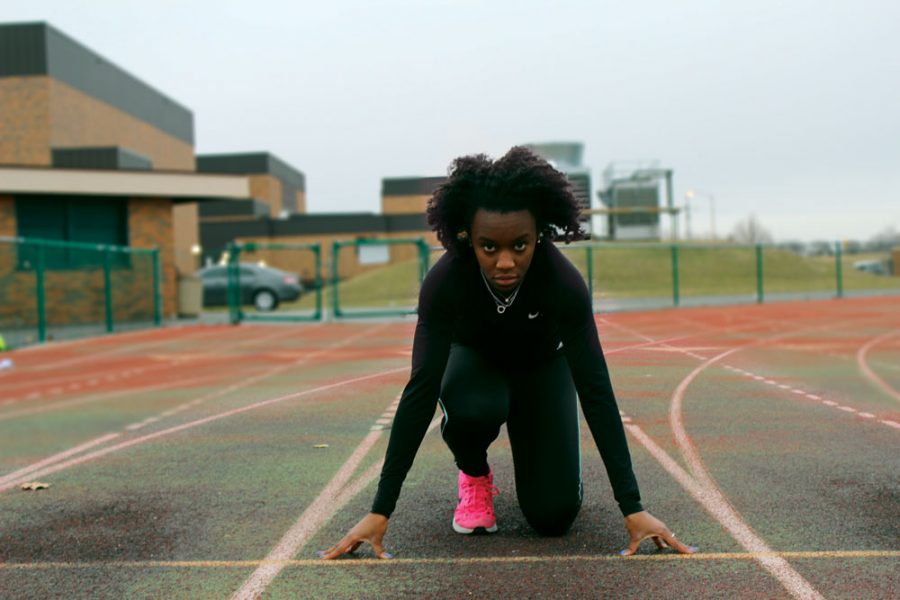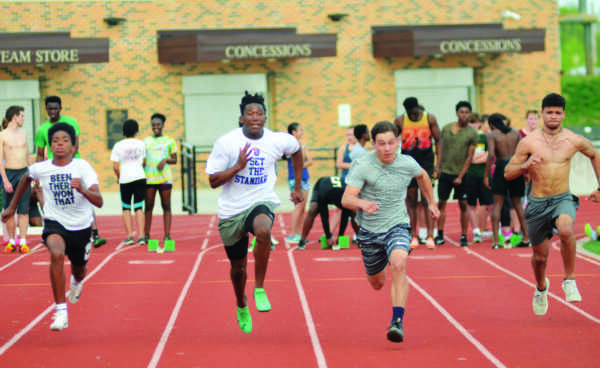Between the cross country and track seasons, there is a winter “off-season” from November to February. During these months, Neal Blackburn, the head cross country and track coach, tries to keep student athletes invested in fine tuning their capabilities before the next season approaches.
“I provide a specific plan for our track and field athletes to follow to best prepare them for their respective seasons,” Blackburn said. “The distance runners have extremely specific workout plans to follow to best prepare them for the type of training and racing they will experience in season. The sprinters do workouts that are full body in nature to help them adapt for the types of workouts they will have.”
Long and short distance runners are not the only athletes participating in offseason activities. Pole vaulters such as junior Max Gortmaker travel two hours away to Kansas City every Monday to visit experienced pole vault coach Todd Cooper.
“We vault for about an hour and a half and work on our technique in Kansas City,” Gortmaker said. “I have been going there for four off-seasons now, and I really love the chance it gives me to better myself at pole vault.”
Traveling almost two hours to Kansas City every week can be a challenging time constraint, but the dedicated pole vaulters make it happen. Despite the explosive training and strengthening workouts, Gortmaker acknowledges the more laid back nature that comes with out-of-season track.
“Off-season is a lot more forgiving than regular season,” Gortmaker said. “Blackburn is willing to adjust the workouts based on our responses.”

“The cold weather and snow has made it to where we have to watch where we run since it can block trails that we would usually go on, and what we have to wear since it’s cold,” Fletcher said.
Running in cold conditions can greatly affect a runner’s speed and coordination. Despite the freezing Columbia climate, athletes are still putting forward their best effort in order to stay in shape for track season, something that Blackburn is very appreciative of.
“My favorite aspect of off-season is seeing the athletes doing work together with the intention of spending time together as well as making themselves better,” Blackburn said.
LATEST NEWS
- RBHS holds successful night of percussion
- Not even water?
- Solar eclipse to pass through Missouri, April 8
- How CPS is organized: a guide
- City of Columbia to hold school board election April 2
- Youth Election Participants to assist in upcoming municipal election
- City of Columbia hosts first Community Engagement Session for McKinney Building, hopes to gain public insight on the structure’s future
- RBHS Track Team Opener at Battle Gallery
- March Mathness Photo Gallery
- RBHS varsity girls’ basketball beats Cor Jesu Academy 60-51 in Final Four
Track offseason conditions runners
February 26, 2019
Leave a Comment
More to Discover
@2021 - www.bearingnews.org


























































































